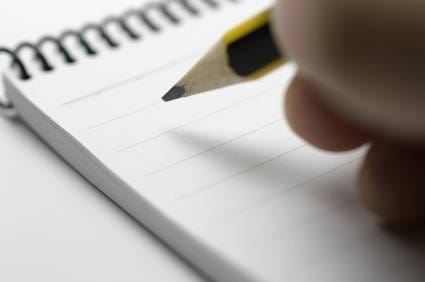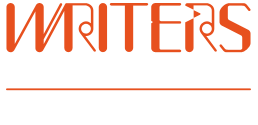
There are certain ‘signposts’ that, if I see them in a Young Adult (YA) manuscript submission pitch, they can tell me all I need to know about how much an author actually understands YA literature and the readership they purport to be writing for.
1. YA is not a genre
This is a golden rule. Never break it. YA is not a genre, it is a readership. Telling me that your manuscript’s genre is ‘YA’ is about as helpful as telling me that you’re eating ‘food’ for dinner, or travelling to ‘a country’ for your holiday. YA literature spans the spectrum of fiction and non-fiction genres from mystery to literary fiction, biography, memoir, fairytale, horror and romance. There are even sub-genres, like Amish teen romance and steampunk fantasy. The ‘Young Adult’ label in no way resembles a genre – it refers to the proposed age-bracket of the intended readership.
2. Boy books and girl books
There’s no such thing. Books don’t have genitalia – and I firmly reject the notion that books are written ‘for girls’ or ‘for boys’. Gendered reading habits have long been a bane of the industry, and in this day and age pitching a book along gendered lines (instead of writing something that appeals to the widest audience possible) is reductive. You have to accept (and celebrate!) the fact that young men can love books with pink covers that explore friendship dilemmas and first heartbreak, the same way young women can crave quest-driven fantasy stories with dragons (hint: it’s not just young men reading/watching ‘Game of Thrones’!)
3. What the kids are reading nowadays
I cringe when somebody pitches me a YA manuscript on the proviso that it’s in the same vein as Enid Blyton’s classics, ‘Harry Potter’, ‘Twilight’ or ‘The Hunger Games’. It’s a sure-fire clue that somebody hasn’t browsed the youth-lit section of their bookstore/library for a while. Their references are outdated (or stuck on what they liked to read when they were a teenager!) which means they don’t know how far the goal-posts have moved, or how high the bar is now set.
Get cluey with current youth lit awards for a snapshot of where the industry is at now – and prioritise awards that are voted for by actual teen readers! Check out long- and shortlists for the Inky Awards, Michael L Printz Award, Children’s Book Council of Australia, CLIP Carnegie, YALSA Best Fiction, Goodreads Choice Awards… and then, y’know, actually read the books.
4. Movements
Young Adult literature is often the harbinger of seismic shifts in the publishing industry. That tends to happen when you’re working with future generations in teen readers.
Emerging YA writers have got to tap into where the biggest conversations are happening around youth literature – be it Twitter, Tumblr, Instagram – because that’s where your readers are. That’s your audience, and they’re all talking to each other, constantly.
Online is where the #LoveOzYA (loveozya.com.au) movement kicked off, celebrating and championing Australian YA, as a reaction to the increasing US dominance of our industry. The ‘We Need Diverse Books’ (weneeddiversebooks.org) movement became a grassroots organisation of children’s book lovers that advocates essential changes in the publishing industry to produce and promote literature that reflects and honours the lives of all young people. There is also the ‘Own Voices’ (www.corinneduyvis.net/ownvoices/) conversation offshoot of ‘Diverse Books’ that promotes authors whose protagonist shares their marginalised identity. It’s also a good idea to be abreast of these conversations, to understand why as an agent, I’m choosing to prioritise ‘Own Voices’ authors, in the hopes of having a positive impact on the Australian youth literature landscape. Understanding these conversations may also help to shine a light on things like appropriation of story/voice, which may be a reason your manuscript isn’t selling in a market that’s increasingly trying to better itself by being more inclusive and diverse, so as to more honestly reflect the real world to teen readers.
For more advice in writing and getting published for a YA readership, check out these forthcoming workshops at Writers Victoria:
Writing Adolescence
With Penni Russon
7, 14, 21 and 28 May
Writing YA
With Lili Wilkinson
30 May
How to Write Your Perfect YA Novel
With Eli Glasman
11 Jul
About Danielle Binks
Danielle Binks is a writer, editor, book blogger, youth literature advocate and literary agent with Jacinta di Mase Management. Her website is daniellebinks.com
Jacinta di Mase Management
www.jacintadimase.com.au
Australian Literary Agents’ Association
austlitagentsassoc.com
This piece was originally published in The Victorian Writer.
